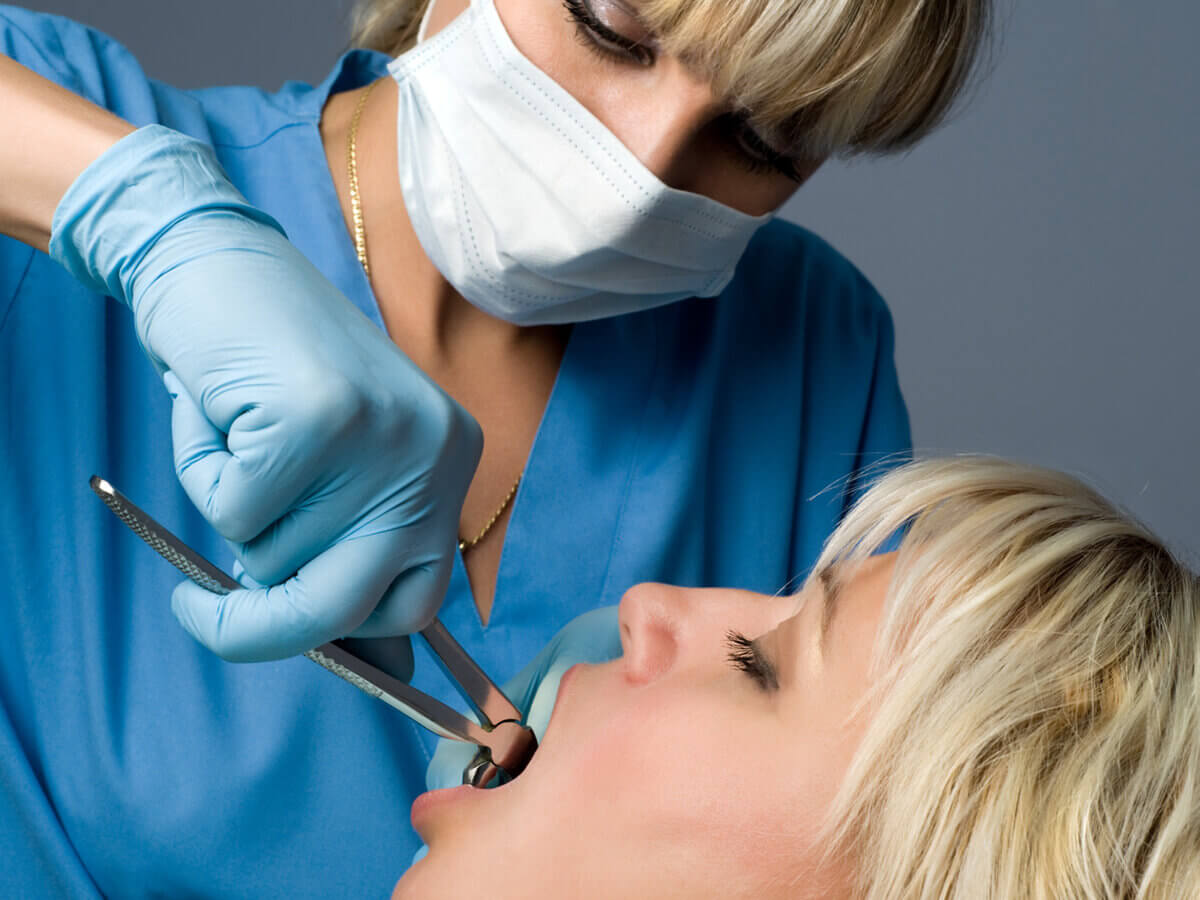Blog
Dental hygiene tips for healthy teeth & gums

How To Avoid Dry Socket After A Tooth Extraction
In the aftermath of tooth extraction, a dry socket can be extremely painful. In most cases, blood clots form after tooth removal, and when they become dislodged they can cause this complication to arise.
The condition, however, occurs after about five percent of all teeth removal procedures, and it still can be extremely uncomfortable and frustrating.
Symptoms of dry sockets include the bone being very visible, pain, and a foul odor. If these symptoms continue for a long period of time you must take immediate medical attention.
However, there is no need to be worried as this condition is fully curable. And we have given all the information on how you can get this oral issue treated in this article.
An overview of dry socket.
A dry socket is also called alveolar osteitis. Immediately following the extraction of your tooth, a blood clot forms in the socket (where the tooth previously was). This occurs to protect the bones and nerves beneath the gums.
It is possible, however, that the blood clot will dislodge or dissolve after the teeth are extracted. It allows air and food into the mouth to reach the bone and nerves. A week or more of severe pain and infection is often the result of this issue.
Alveolar osteitis can also be caused by behavioral choices or other circumstances beyond your control. You might be at risk of this issue if you smoke, use birth control pills, have bad oral hygiene, have wisdom teeth extracted, or experience extraordinary trauma during these procedures.
It is also more likely that you will experience a dry socket again if you have previously had one. Drinking through a straw, spitting, or rinsing excessively following the procedure can also increase your chances of getting this oral issue.
Some tips to avoid dry sockets after a tooth extraction
Wouldn’t it be better if you prevent this complication from occurring in the first place? Below you will find a list of tips on how to avoid it.
- Prior to and during healing time maintain good oral hygiene.
- Checkups and x-ray for routine dental cleaning are a must. Getting treatment when problems are small will help prevent them from getting worse.
- For women, it is best to extract a tooth during the last week of menstruation as estrogen levels are at their lowest.
- In the days following tooth removal, rinse your mouth with warm salt water.
- It is recommended that you do not drink alcohol four days before your appointment for teeth removal. Following the removal, bleeding patterns can be altered by drinking alcohol.
- It is best to eat soft food for a few days after the extraction is done. Food items that are hard should be avoided. Be sure to chew on the opposite side of your mouth.
- The use of a straw while drinking is not recommended.
- During healing and the time leading up to the tooth removal procedure, avoid smoking.
How can dry sockets be treated?
The symptoms of dry sockets usually appear two days following tooth extraction. Nonsteroidal anti-inflammatory drugs (NSAIDs), can be given to you by your dentist if you suffer from this condition.
This will help alleviate the pain. The dentist may also recommend filling the socket with a special paste or medicated gauze after removing the debris from the socket. This will help increase the healing time.
As well as prescribing an antibiotic, your oral surgeon may also suggest to you how you can prevent any further infections and what steps you can take to keep the socket clean after the removal procedure.


